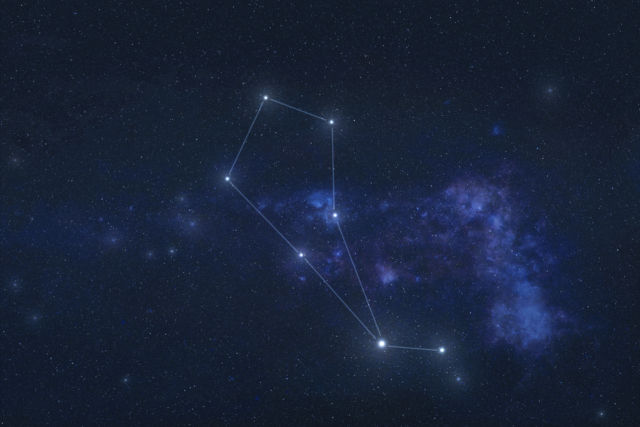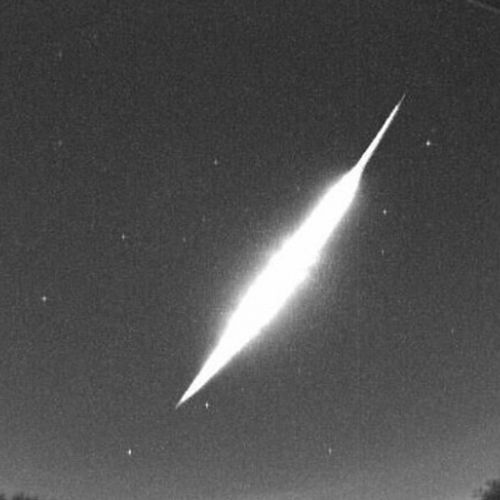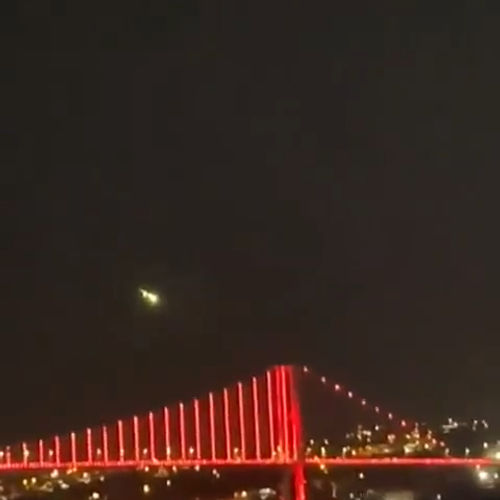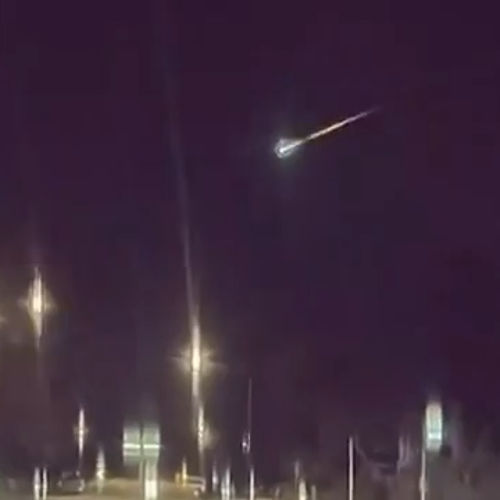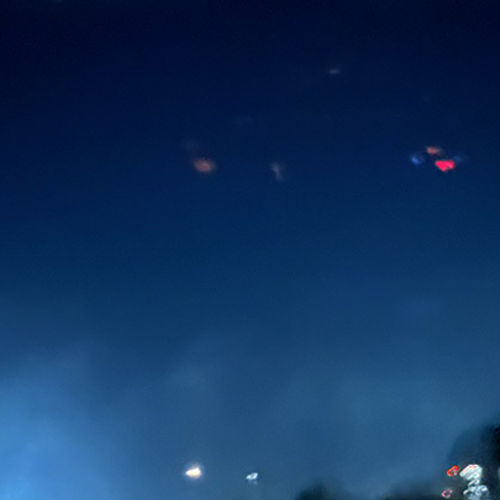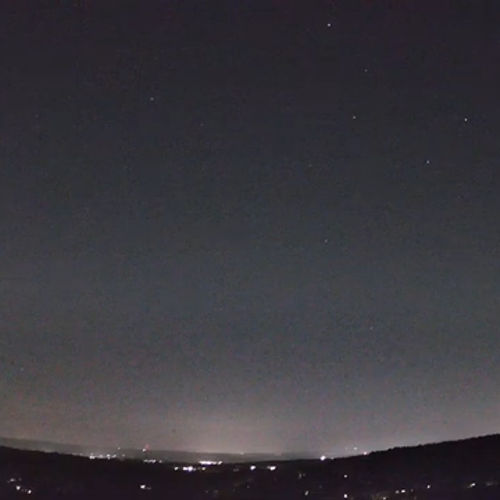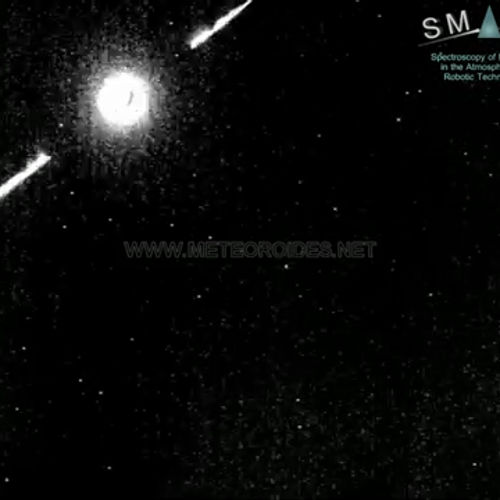
| Added | Mon, 29/06/2020 |
| Источники | |
| Дата публикации | Mon, 29/06/2020
|
| Версии |
27 June high star rain June bootid. Why Booted? Meteor showers are named after the constellations in which their radiant is located. In this case, the constellation of Bootes, whose name in Latin — Bootes.
Bootey considered unpredictable flow at maximum can be observed from 1 to 100 meteors per hour. They appear from June 22 to July 2. The source of the stream — a short-period comet Pons — Winneke.
Booted first observed in 1916, thanks to the surge flow, then peaks of activity took place in 1921 and 1927, after which a number of meteors are greatly reduced. The last peaks of activity, this "star rain" was held in 1998 (about 100 meteors per hour) and in 2004 (up to 50 meteors).
As a rule, the activity of booted very low — only 1-2 meteor per hour. In addition, observations do not contribute to the short June nights immediately after the solstice, the light of the moon, and city illumination.
If you do not get to observe bootey, do not worry — "star rain" will continue.
From 7 to 13 July will be a meteor shower Megacity with peak activity on July 9. It is also considered a low flow of about 3 meteors per hour.
From mid-July to mid-August, peaking July 28-29, observed the Southern Delta Aquarids — you can see 15-20 meteors per hour.
From 10 to 20 August, we will enjoy one of the most famous meteor showers — the Perseids. His peak will be held August 12-14, up to 100 meteors per hour.
Rodonachalnitsa Perseid — comet swift — Tuttle, approaching the Earth once in 135 years. Recent rapprochement took place in December 1992.
Translated by «Yandex.Translator»
© shutterstock.com
Translated by «Yandex.Translator»
Новости со схожими версиями
Log in or register to post comments
